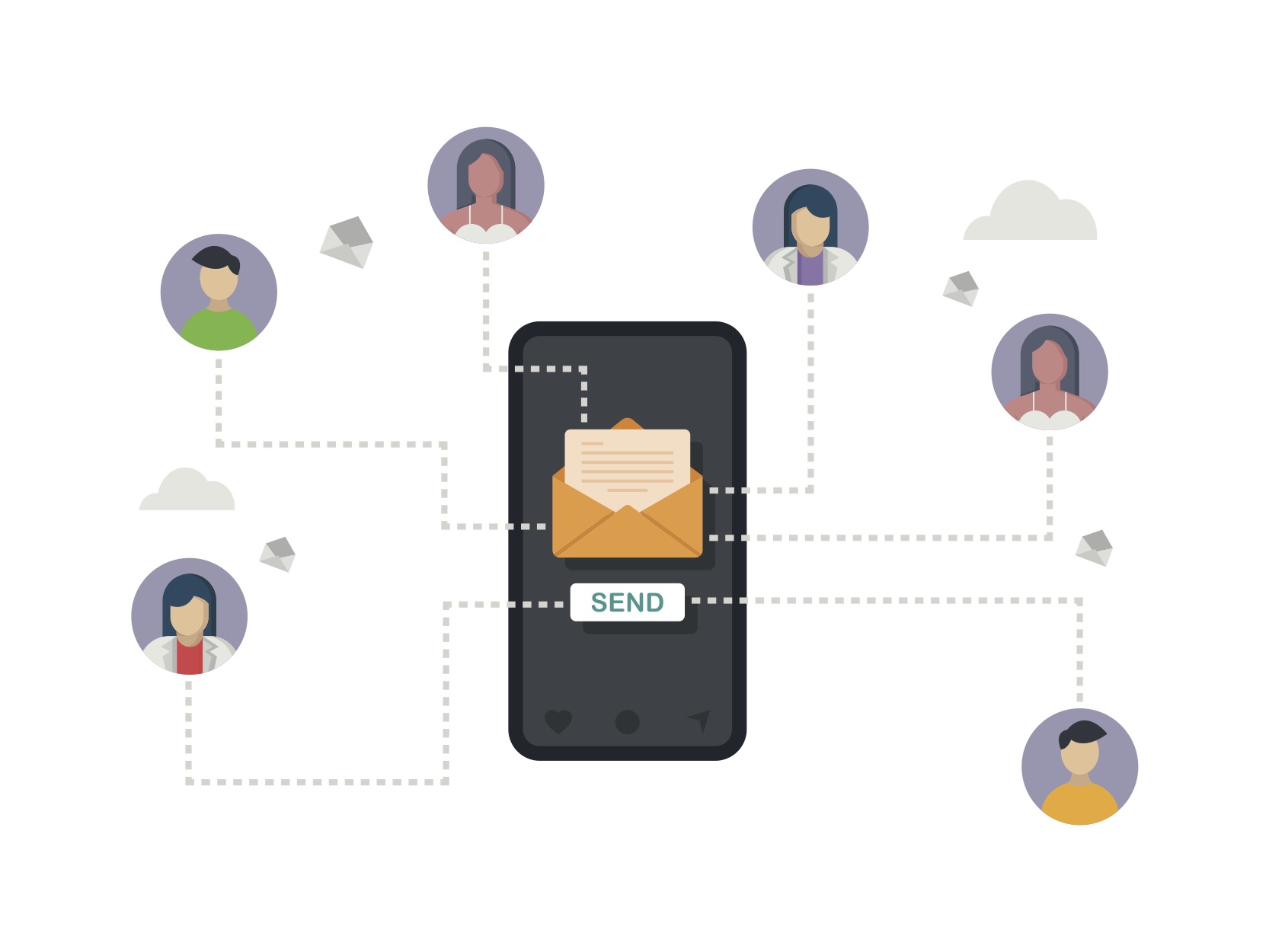This is a guest post by PCR contributor Nick Rojas.
Lead-capture forms, we’ve all seen them, those annoying little boxes that show up on the many web pages we visit, asking us to divulge our names and email addresses. Truth be told, according to some research from LinkedIn, 57% of IT buyers actually lie on these forms by giving false information. Don’t be surprised if you see John Smith whose email address is noneofyourbusiness@nomail.com and a myriad of other pseudonyms showing up in your databases.
Since most websites are designed specifically for generating new leads and contacts, what’s a marketer to do? There are many questions, theories and arguments posed around this dilemma, let’s take a look at some of them.
Should These Forms be on Every Page?
Simply put, yes and no. It depends on the circumstances and your particular industry. In some cases, like a real estate website for example, they really do need to be on every page, next to every post, for potential home buyers to reach out to an agent. On the other hand, if there is only one found on the homepage, those who enter the site through a Google search, blog post or Twitter feed may not see it, therefore an opportunity is lost.
Contact versus Call to Action
Since every web page should serve a specific purpose, placement of lead-capture forms can be tricky. Some will argue that most people find them intrusive, so using them as a call to action can be ineffective. These same debaters will also tell you that today’s web savvy surfers are proficient in finding your contact page and will give up their information when, and if, they feel so inclined. Conversely, many websites use them as a sidebar on nearly every page, and with an effective design, their placement can flow seamlessly with the pages.
Research and Placement
If, for whatever reason, you have decided that it is best that these forms don’t appear on every page, doing some research can help with better placement. In addition to your home page, what landing pages are the most popular? Where are the locations that your conversions are better than others? The answers to these questions can help with more effective placement.
Less Repetition using Cookies
If you have the resources, one of the best solutions to this problem is to show different content to different visitors. Are they a repeat user or a first time visitor? Have they already filled out a lead-capture form on the site? Intelligent use of cookies to determine this information, followed by a well crafted code to distinguish these users from one another, will display the form to one visitor and not another.
Quid Pro Quo
A popular and effective use of lead-capture forms is the “give and get” approach where the user gives up their information in exchange for something. We have all seen them, “enter your email address here for a free .pdf” or “sign up here for our newsletter.” To be the most effective and least annoying, these gateways should never restrict a user from any area of a website.
Design and Positioning
The design of these forms is important, especially when considering today’s mobile-friendly marketplace and the increasing popularity of smartphones. These forms must be adaptable to the many different types of handheld devices that consumers are using today.
Also bear in mind the “fold” on a website, or the place where a user must scroll down on a page, and ensure the form is above this area. Don’t make it difficult to find, it should appear in plain site for the user.
Link to Privacy
Be sure to have a link to your privacy policy, usually placed next to the field that asks for the user’s email address, to ensure your new lead that their information is safe. Even if the user doesn’t actually use the link to read the document in it’s entirety, most people feel more comfortable just knowing that there is a privacy policy in place.
Carefully consider all the pros and cons, effective placement and design, when utilizing this important tool for marketing. You can get valuable information from users without offending or irritating them.
Nick Rojas is a business consultant and writer who lives in Los Angeles and Chicago. He has consulted small and medium-sized enterprises for over twenty years. He has contributed articles to Visual.ly, Entrepreneur, and TechCrunch. You can follow him on Twitter @NickARojas.





